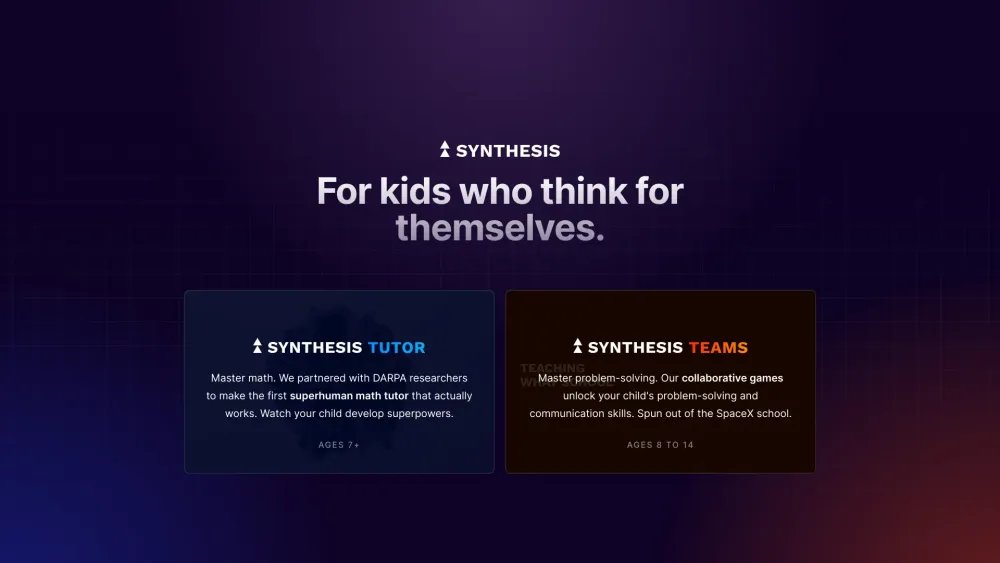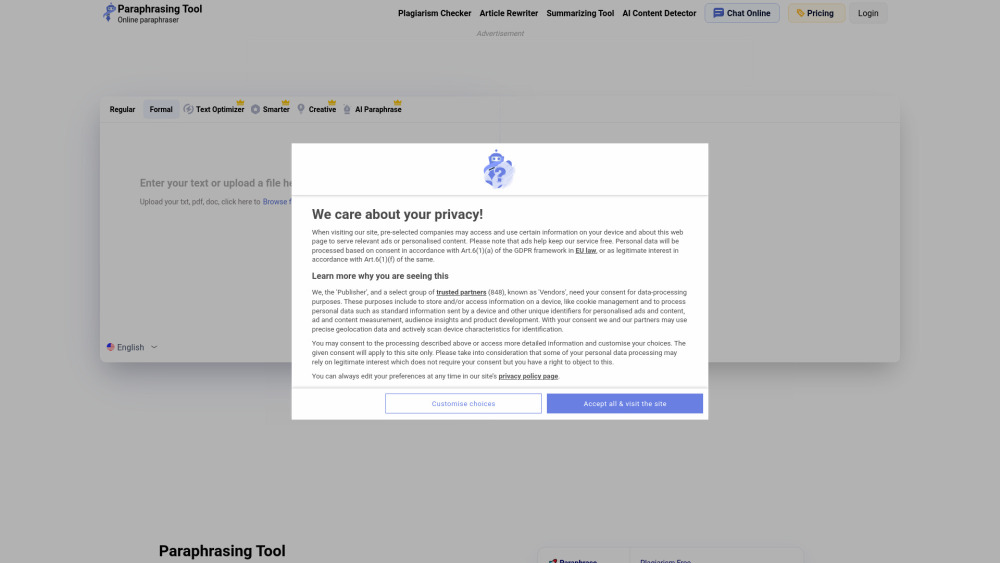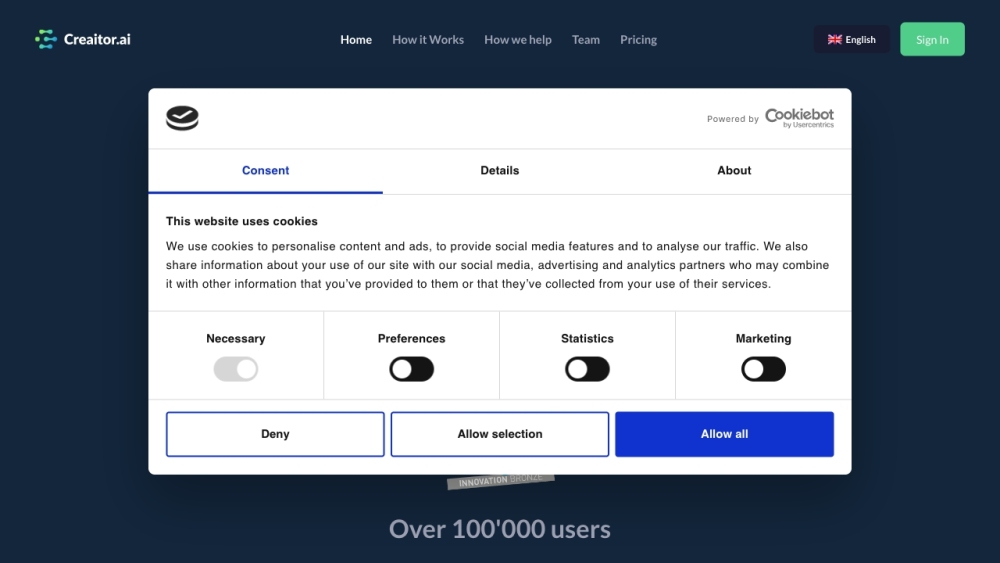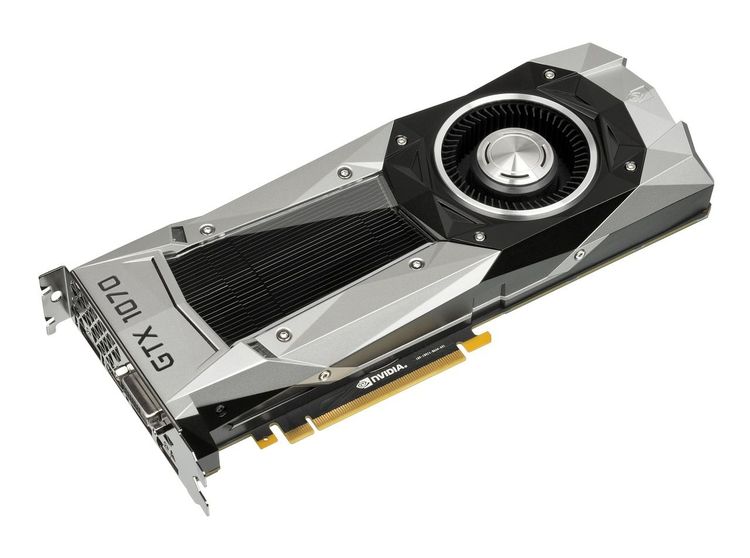MLCommons Aims to Develop AI Benchmarks for Laptops, Desktops, and Workstations to Enhance Performance Evaluation
Most people like

In today's rapidly evolving digital landscape, effective educational AI is transforming the way we learn and teach. By leveraging advanced algorithms and data-driven insights, AI-driven solutions enhance personalized learning experiences, improve student engagement, and streamline administrative processes. This article explores the profound impact of educational AI on modern education, highlighting its benefits and potential to revolutionize the learning environment. Join us as we delve into the future of educational technology and its role in fostering better education for all.

Looking for a reliable AI paraphrasing tool to effortlessly rewrite text? Whether you need to enhance your writing, avoid plagiarism, or simplify complex ideas, our advanced tool is designed to help. With just a few clicks, you can transform your original text into a new version that maintains the same meaning while improving clarity and engagement. Discover how our AI-powered solution can elevate your content and make your writing shine.

Discover expertly curated travel guides and personalized planning services from local professionals across the globe. Let our knowledgeable team enhance your travel experience with insider tips and tailored recommendations.

Discover the transformative potential of an AI-powered content writing platform designed to enhance your writing process. By leveraging advanced artificial intelligence, this innovative tool streamlines content creation, allowing you to produce high-quality articles, blog posts, and marketing copy effortlessly. Whether you're a seasoned writer or a busy professional, this platform empowers you to generate engaging content quickly while maintaining your unique voice. Elevate your writing experience today with the latest in AI technology!
Find AI tools in YBX

